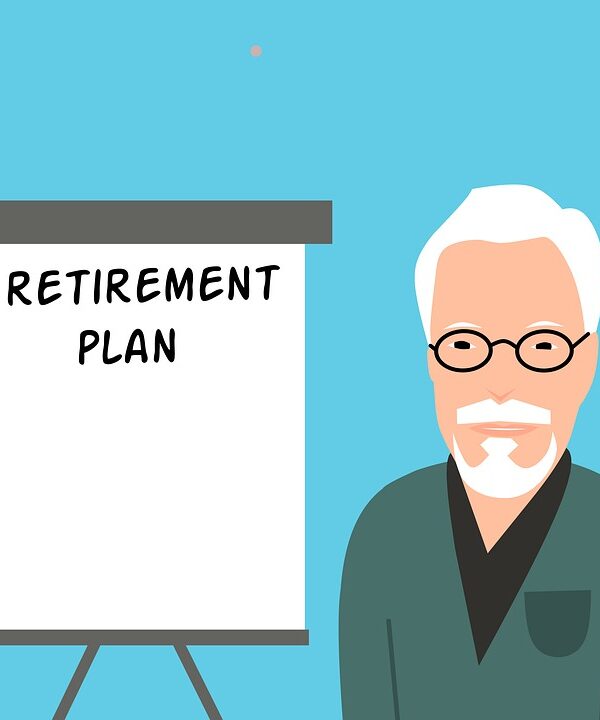Courtesy of iii.org My five-year-old nephew, Ben, is a great source of pride to his electrician father, Dan. Last Halloween, Ben refused to trick-or-treat at a particular house because he noticed that the decorations there were a fire hazard. Halloween is supposed to be fun, but it has always involved risks and potential liabilities. The video below outlines some of the “traditional” hazards and ways to mitigate them, from eliminating trip-and-fall dangers to preventing fire and pet-related perils. And while much of the focus of Halloween-risk mitigation is on the home, Donald R. Grady, a Boston personal injury attorney, says the biggest dangers actually involve cars. “You see an uptick in automobile accidents,” Grady says. “Especially with teenagers, who don’t have adults with them and who rush from house to house.” The curse of 2020 2020 has aged us all…. Perhaps predictably by now, 2020 has brought the spooky holiday threats of its own. COVID-19 has introduced new …
Seniors & Driving
Courtesy of iii.org Older drivers are keeping their licenses longer and driving more miles than ever before. The high fatality rates of this age group reflect the fact that older drivers are more easily injured than younger people and are more apt to have medical complications and die of those injuries. There is a growing need to help older drivers sharpen their skills as well as recognize their changing abilities and adapt their driving practices appropriately. Insurers have partnered with state and local governments, and groups such as AARP and the AAA Foundation for Highway Safety to create programs designed to address these needs. Improving Older Driver Safety According to the Governors Highway Safety Administration, impairments in three key areas—vision, cognition and motor function—are responsible for higher crash rates for older drivers. Vision declines with age; cognition, which includes memory and attention, can be impacted by medical problems such as dementia and …
Insurance for College Students?
Courtesy of iii.org With burglaries constituting approximately 50 percent of all on-campus crimes, according to the National Center for Education Statistics, it is more important than ever that college students and their parents review their insurance coverage. For students who live in a dorm, most personal possessions are covered under their parents' homeowners or renters insurance policies. However, some home insurance policies may limit the amount of insurance for off-premises belongings to just 10 percent of the total amount of coverage for personal possessions. This means that if the parents have $70,000 worth of insurance for their belongings, only $7,000 would be applicable to possessions in the dorm. Not all insurers impose this type of limit, so check with your insurance professional. Expensive computer and electronic equipment, sports equipment, and items such as jewelry may also be subject to coverage limits under a standard homeowners policy. If the limits are too …


